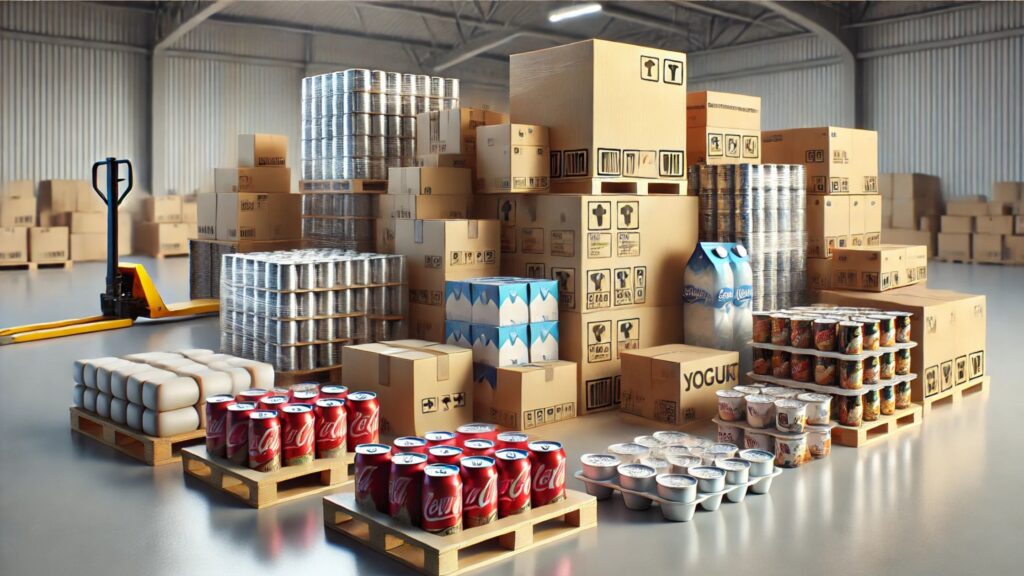Secondary Packaging Examples: When it comes to packaging, businesses often use multiple layers to ensure product safety, branding, and efficient distribution. Secondary packaging plays a crucial role in grouping primary packages together for easier handling and transportation. In this blog post, we’ll explore various secondary packaging examples and their importance in different industries.
What is Secondary Packaging?
Secondary packaging is the layer that holds together multiple units of primary packaging. Unlike primary packaging, which directly encases the product (e.g., a soda can or a bottle of shampoo), secondary packaging serves as an additional protective and organizational layer. It is essential for logistics, retail displays, and branding.
Common Secondary Packaging Examples
1. Cartons and Boxes
- Corrugated Boxes: Used for shipping and storage, corrugated boxes protect individual products from damage during transit.
- Folding Cartons: Often seen in retail, folding cartons encase items like cereal boxes or cosmetics, making them easier to stack and display.
2. Shrink Wraps
- Shrink wrapping is commonly used in industries like beverage manufacturing, where multiple cans or bottles are grouped for easy sale and transport.
- It ensures stability and prevents tampering while allowing customers to view the product inside.
3. Trays
- Cardboard or plastic trays hold items like canned food, yogurt packs, or soda bottles, making bulk sales more manageable.
- Trays are widely used in supermarkets for easy stocking and retrieval.
4. Pallets and Stretch Film
- Pallets provide a solid base for stacking products in bulk, improving warehouse efficiency and transport safety.
- Stretch film secures goods onto pallets, preventing shifting during shipment.
5. Retail-Ready Packaging (RRP)
- Designed for direct placement in retail stores, RRP eliminates the need for unpacking and restocking individual items.
- Examples include pre-packaged snack boxes and beverage cartons that can be opened and displayed instantly.
Importance of Secondary Packaging
- Protection: Shields products from damage, contamination, and external elements.
- Convenience: Simplifies handling, transportation, and storage.
- Branding and Marketing: Offers additional space for logos, product details, and promotional messages.
- Sustainability: Many secondary packaging solutions use recyclable materials to reduce environmental impact.
Conclusion: Secondary Packaging Examples
From corrugated boxes to shrink wraps, secondary packaging is indispensable in modern supply chains. It enhances product safety, supports branding efforts, and optimizes logistics. Understanding various secondary packaging examples can help businesses choose the right solutions for efficiency and customer satisfaction.
Looking for the best secondary packaging options for your products? Explore eco-friendly and cost-effective solutions tailored to your industry needs!
Related Articles
- The Art and Science of Packaging | Trends, History & Future
- Primary and Secondary Packaging: Understanding Their Roles and Importance
- The Importance of Secondary Packaging Machinery in Modern Manufacturing
- Secondary Packaging in Pharmaceutical Industry: Importance & Innovations
- What Is Secondary Packaging? The Essential Guide for Businesses
- The Ultimate Guide to Popcorn Packaging: Innovation, Trends, and Sustainability
- The Art and Science of Honey Packaging: A Guide to Preserving Nature’s Sweetness
- The Future of Takeaway Packaging: Sustainable and Innovative Solutions
- What Is Primary Packaging? A Complete Guide
- The Future of Manufacturing: Primary Packaging Automation

